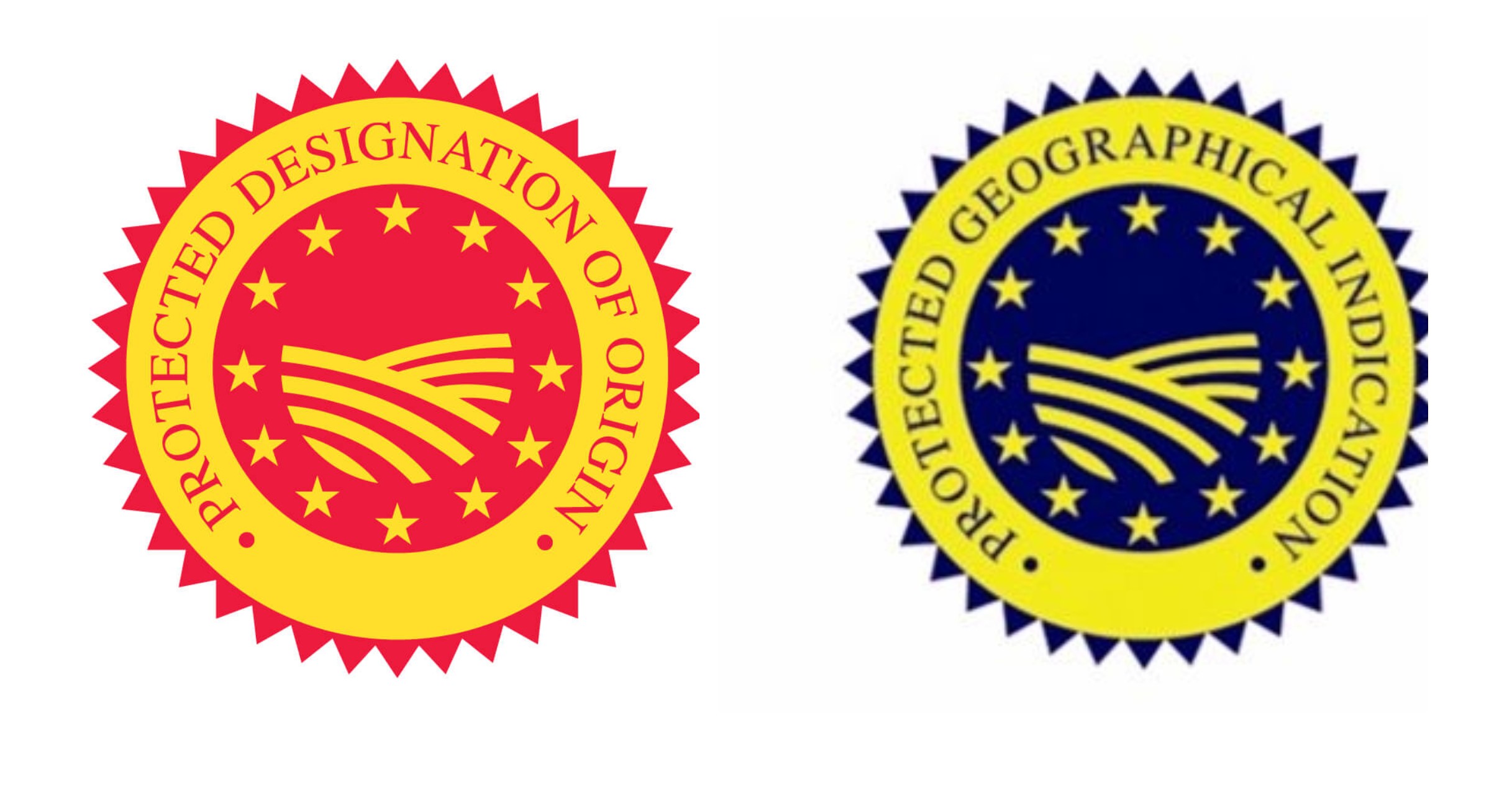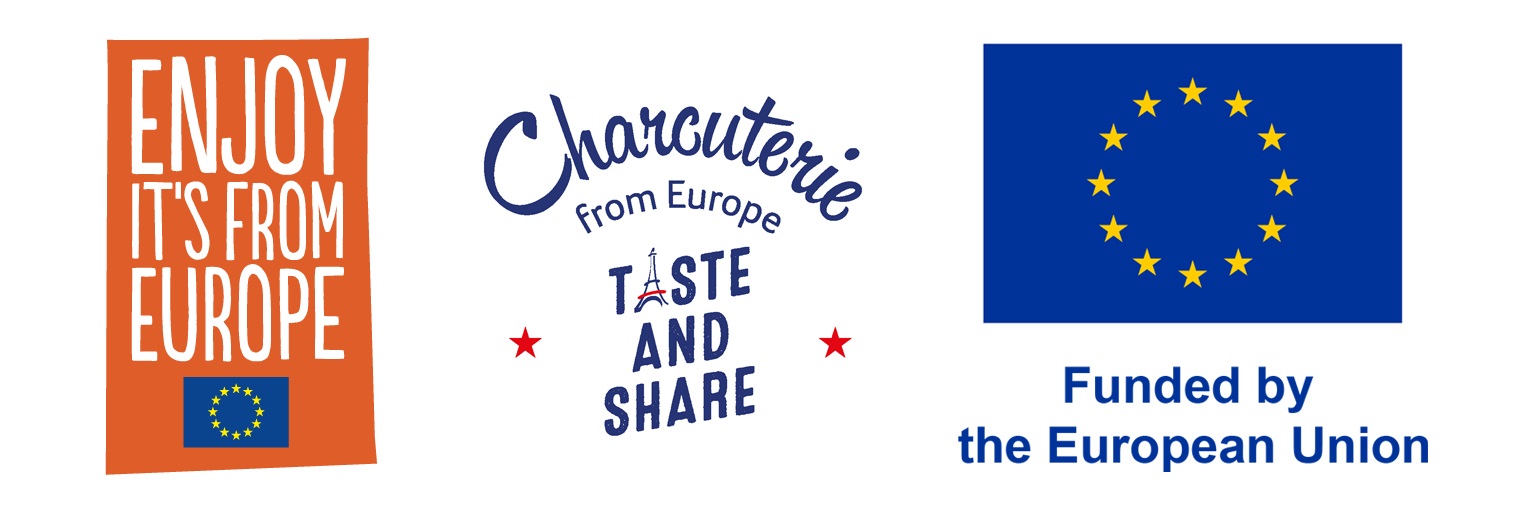- There has never been a better time to relish the taste and heritage of quality European charcuterie – one of the region’s finest exports

For centuries, European charcuterie has been delighting food lovers across the continent – and now, in 2024, the time has come for the British market to indulge in the delicacy. The term ‘charcuterie’ originated in France during the 15th Century.
Charcutiers, the owners of shops selling ‘chair’ (flesh) ‘cuit’ (cooked) would hang their products in shop windows to the delight of food lovers, and today there are many examples of charcuterie.
With the ingredients of charcuterie being so simple – just salt, spices and time – it’s vital that the most important ingredient of all, the meat, is of premium quality. Charcuterie makers pride themselves on the relationships they have with the farmers who supply them. Working together to produce the best quality charcuterie possible, many farmers and companies have been working in partnership for generations.
Each region of Europe boasts its own variations, and there are plenty of options for food lovers to explore. Many of these items are protected by law through their PGI and PDO certifications, ensuring that their unique characteristics remain unaltered and enjoyed for years to come.
While tradition plays a key role in the popularity of European charcuterie across the world, that’s not to say that there’s no room for innovation. Indeed, many companies are adding flavour variations to their range – from familiar tastes such as garlic and herbs to chopped hazelnuts and walnuts.
The format of charcuterie products is also experiencing innovation – in addition to traditional sausages and pastes, smaller saucisson are being produced to cater for the growing on-the-go and snacking market, while charcuterie shaped like wheels of Camembert are taking the market by storm.
Ways to boost European charcuterie sales
1. Offer samples of classic examples of charcuterie to customers. Once they have experienced the delicious taste and texture of the products, they are more likely to purchase.
2. Provide inspiration around how charcuterie can be enjoyed; for example, suggest wine and cheese pairings.
3. Display charcuterie as part of a platter alongside accompaniments such as cornichons and cheese; this offers an opportunity to upsell other products in your shop as well as highlight your charcuterie offering. Position charcuterie in multiple sections of your shop for optimum exposure. For example, within the cheese counter, next to wine, and alongside snacks.
4. Promote the products’ protected status and provenance. As well as providing the story behind the items, allowing customers to connect with them, these demonstrate the quality and tradition that go into their production.

European quality labels
Premium charcuterie made to strict regulations in designated locations points to quality. Both PGI (Protected Geographical Indication) and PDO (Protected Designation of Origin) labelling signify excellence in food and drink, including charcuterie. PGI identifies an agricultural product, raw or processed, whose quality, reputation or other characteristics are linked to its geographical origin. To qualify for this official sign, at least one stage in the production, processing or preparation of the product must take place in the defined geographical area. Examples include: Bayonne Ham PGI, Auvergne Ham PGI, Ardeche dry sausage PGI, Tours rillettes PGI
PDO is a sign that distinguishes a product whose specific characteristics are closely linked to its terroir. All stages in the manufacture of the product must take place in the geographical area defined in the specifications, using local methods. Examples include: Jambon Noir de Bigorre PDO and Jambon du Kintoa PDO.
Funded by the European Union. Views and opinions expressed are however those of the author(s) only and do not necessarily reflect those of the European Union or FranceAgriMer. Neither the European Union nor the granting authority can be held responsible for them.

Click here


